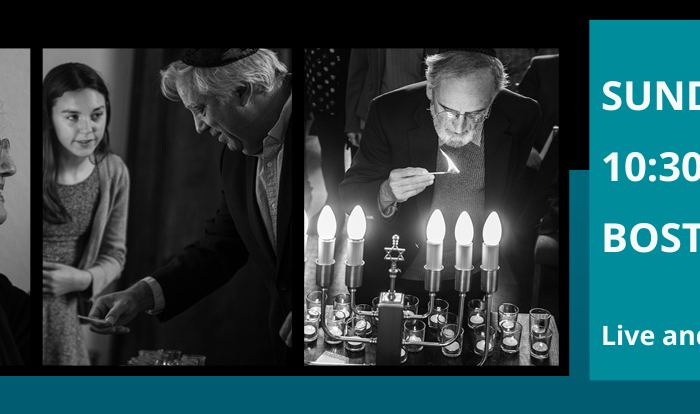This Friday, a message from Acting Executive Director Nahma Nadich.
 Early in my twenty-year tenure at JCRC, I had a neatly packaged description of our organization and its evolution from our original mission of 75 years ago. I’d explain that at our founding, antisemitism was an ever-present fact of life in Boston and in America, evidenced by hateful rhetoric on the airwaves, assaults on Jews in the streets of our city, and the exclusion of Jews from academia, business, and political and civic leadership. And then I’d say that since, fortunately, antisemitism is no longer a major factor in America, we expanded our mission to focus more broadly on social justice and civic engagement for Jews in Greater Boston.
Early in my twenty-year tenure at JCRC, I had a neatly packaged description of our organization and its evolution from our original mission of 75 years ago. I’d explain that at our founding, antisemitism was an ever-present fact of life in Boston and in America, evidenced by hateful rhetoric on the airwaves, assaults on Jews in the streets of our city, and the exclusion of Jews from academia, business, and political and civic leadership. And then I’d say that since, fortunately, antisemitism is no longer a major factor in America, we expanded our mission to focus more broadly on social justice and civic engagement for Jews in Greater Boston.
With the sobering realization that a virulent form of antisemitism has resurfaced in this country, my shtick – and our work – has fundamentally shifted.
The latest lesson that has been thrust on us as a community is about the allegation of “dual loyalty” among American Jews. This classic antisemitic trope was employed months ago by Congresswoman Ilhan Omar, which was met by condemnation by many, including members of her own party. Yet this week, when she and Representative Tlaib posted a cartoon by the runner-up of Iran’s Holocaust cartoon contest (yes, you read that right) with equally troubling antisemitic imagery about the exertion of Jewish power, with the notable exception of Rep. Jerry Nadler, Democrats and progressives remained silent.
Most shockingly, this week, the allegation of Jewish dual loyalty was uttered from the very highest halls of power, by the President of the United States. Once again, while we heard rigorous condemnation from some, there was an eerie silence coming from those who are sympathetic and politically aligned with the speaker.
What is it about the accusation of dual loyalty that is such anathema to us as Jews? Why are we so triggered when it is hurled at us?
Being loyal to the society in which we live, understanding that our destiny is inextricably linked with the well-being of our larger community, is fundamental to our Jewish tradition. The prophet Jeremiah heeded us to,” …seek the peace and prosperity of the city to which I have carried you into exile. Pray to the Lord for it, because if it prospers, you too will prosper” (Jeremiah, 2:9). The rabbis of the Mishnah understood how vital that message was to our survival as a People and included a more ominous formulation of this message in the Ethics of the Fathers, “… Pray for the integrity of the government, for were it not for the fear of the authority, a man would swallow his neighbor alive”. (Pirkei Avot 3:2)
We as Jews have always known that a well-functioning government, and a strong and vibrant society are the best ways to ensure our own peace and prosperity as members of that community. So, we’ve rolled up our sleeves and contributed in every way we know how: serving in the armed forces, voting in consistently high numbers, lending our gifts and talents to a wide variety of industries and fields, and playing leadership roles way beyond our numbers in civic institutions.
Up until now, our participation in American civic life has served us well – which is why it was profoundly disturbing to be accused of “disloyalty” by a member of Congress and by the President himself. In the darkest chapters of our history, we’ve witnessed what happens to our people when we’re perceived as treasonous. It does not end well when we are made out to be “other,” shady foreigners suspected of being loyal to another master or sovereignty, or a secret cabal manipulating the levers of power in nefarious ways.
The contemporary take on today’s myths may be subtler, but they are no less damaging; that we are a monolithic group with a uniform set of beliefs and ideas, and with interests that are separate and apart from our fellow Americans. Jews are often conflated with Israel, and we are identified with every decision and action of each government. The lively and robust debates among us are erased, the multiplicity and complexity of ways in which we connect with Israel are not seen or acknowledged. And allegations such as the one made in the White House this week assert that America’s interests will never be ours, and that when push comes to shove, our loyalty is – or should be – with Israel.
But we know better. We are a gloriously diverse community, with fiercely debated opinions on Israel and every other topic we care about. Our political and ideological differences mean that we engage as Americans in myriad ways. Our interests cannot be reduced to a single issue and can certainly never be defined by an outsider to our community.
The fact that we occupy so many disparate political arenas also presents us with a valuable opportunity; to name and challenge antisemitic tropes in our own ranks, and from sources with whom we may find ourselves otherwise aligned. We can interrupt the resounding silence. We can marshal the resources of our friends and partners, so they understand the danger inherent in insidious dog whistles, and join us in speaking out against them, whoever they target. And we can resist cynical attempts to use antisemitic rhetoric as a wedge to divide us along religious and racial lines. We can stand united as Americans, in pursuit of the cherished values we share.
When I describe our work these days, I sadly must include working to combat antisemitism as a central part of our charge. But the essence of our work remains what it’s always been; building a strong and vibrant community of engaged citizens, protecting and defending its interests as Jews and as Americans, a community which will never stop seeking the peace and prosperity of our city.
Shabbat shalom,
Nahma




